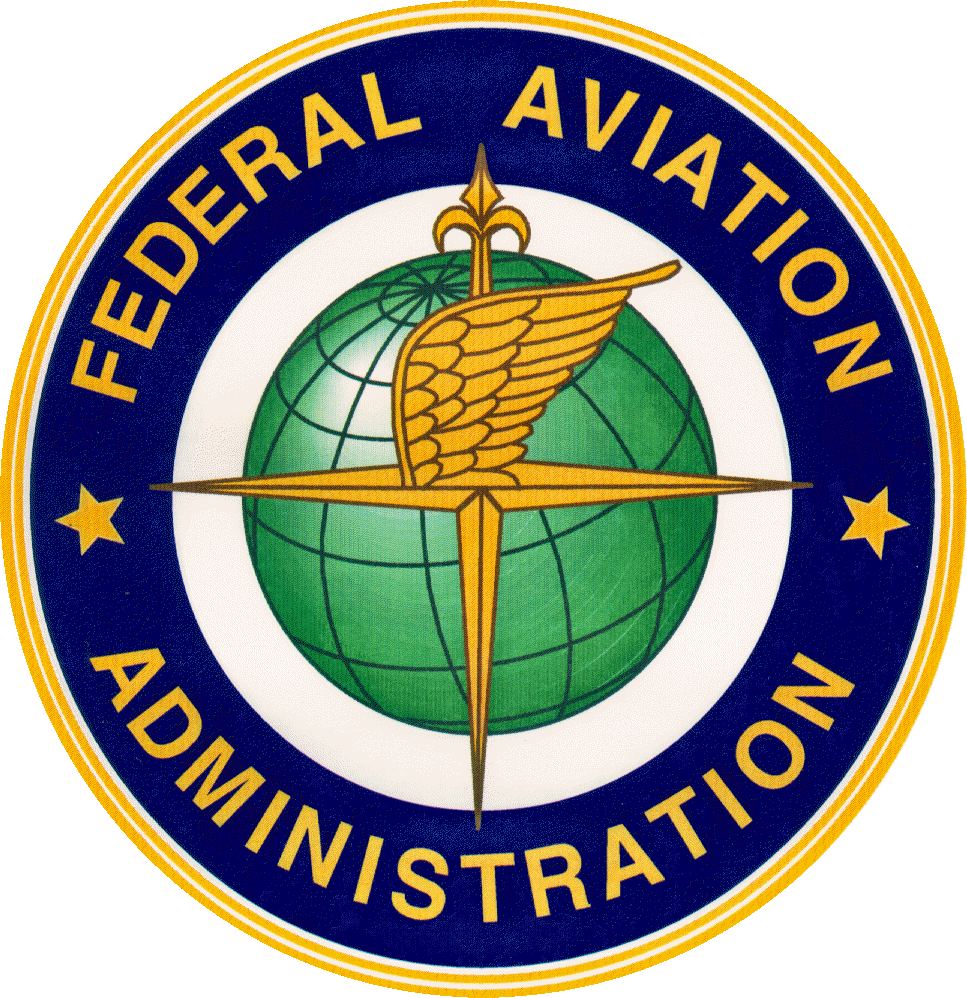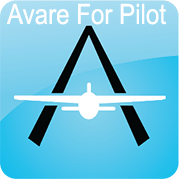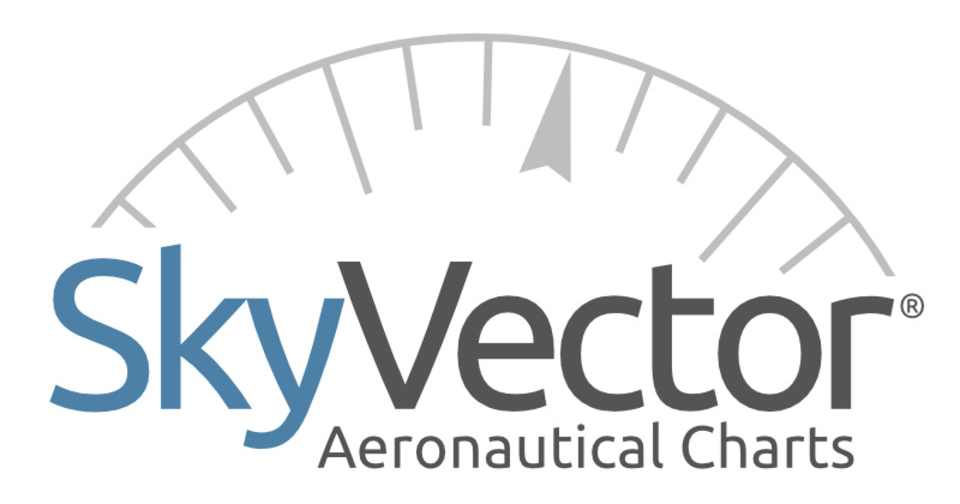Turns and Steep Turns, Maneuvering with Precision
Maneuvering with Precision: A Pilot's Guide to Turns and Steep Turns
For pilots, the ability to maneuver effectively separates joyriding from skilled piloting. Turns, the cornerstone of maneuvering, allow you to change direction while maintaining control. This guide equips you with the knowledge and techniques to execute both basic and advanced turns, empowering you to navigate the skies with finesse.
The Art of the Turn: Understanding the Forces at Play
A well-coordinated turn involves a delicate interplay of forces acting on the aircraft:
- Lift: Generated by airflow over the wings, lift counteracts gravity and keeps you airborne. In turns, ailerons (control surfaces on wingtips) are used to maintain sufficient lift throughout the maneuver.
- Centrifugal Force: The outward force acting on the aircraft as it turns. Ailerons and rudder work together to counter this force and maintain coordinated flight.
- Drag: Air resistance acting against the aircraft. Turns inherently increase drag, so proper technique is crucial for minimizing performance loss.
Executing a Coordinated Turn:
There are two primary types of turns:
- Standard Rate Turns: These gentle turns are used for basic course changes. By banking the aircraft (tilting the wings) and applying coordinated aileron and rudder inputs, pilots achieve a smooth turn with minimal performance impact.
- Steep Turns: These maneuvers involve steeper bank angles and are used for specific purposes like visual inspection of the ground or practicing high-performance maneuvers. Steep turns require precise control inputs and a focus on maintaining altitude and airspeed.
Taking the Controls: The Pilot's Touch
Here's how pilots utilize aircraft controls to execute coordinated turns:
- Ailerons: These control surfaces are deflected in opposite directions during a turn. The aileron on the rising wing is raised to increase lift, while the aileron on the descending wing is lowered to decrease lift, causing the aircraft to roll and initiate the turn.
- Rudder: The rudder input is coordinated with the ailerons to counteract the slipstream (airflow) pushing the aircraft's tail outwards during a turn. By applying a slight rudder input towards the turn direction, pilots prevent skidding and maintain coordinated flight.
Scanning for Success: Maintaining Situational Awareness
While maneuvering, maintaining situational awareness is paramount:
- Instrument Scan: Continuously monitor your airspeed indicator, altimeter, and turn coordinator to ensure you're maintaining the desired bank angle, airspeed, and altitude throughout the turn.
- Visual Reference: Maintain visual reference points outside the aircraft to gauge your turn rate and avoid spatial disorientation.
Beyond the Basics: Refining Your Maneuvering Skills
Mastering basic turns opens doors to more advanced maneuvers:
- Steep Turn Techniques: Understanding proper entry, execution, and recovery procedures for safe and effective steep turns.
- Adverse Yaw: Learning how to compensate for adverse yaw, the tendency of the aircraft's nose to yaw in the opposite direction during a turn due to propeller effects.
- G-Forces: Understanding the effects of G-forces on pilot physiology and proper G-management techniques during maneuvers.
Remember: Turns are essential for navigating the skies. By understanding the forces at play, effectively using the controls, and maintaining situational awareness, you'll transform yourself from a pilot who goes from point A to point B to a skilled aviator who can navigate with precision and confidence. So buckle up, take the controls, and embrace the art of the turn – it's the key to unlocking a world of possibilities in the sky.






